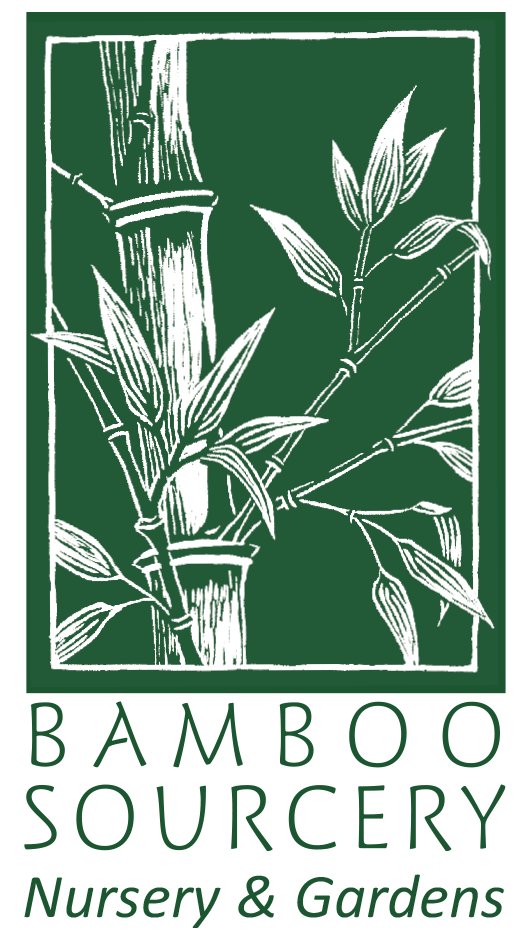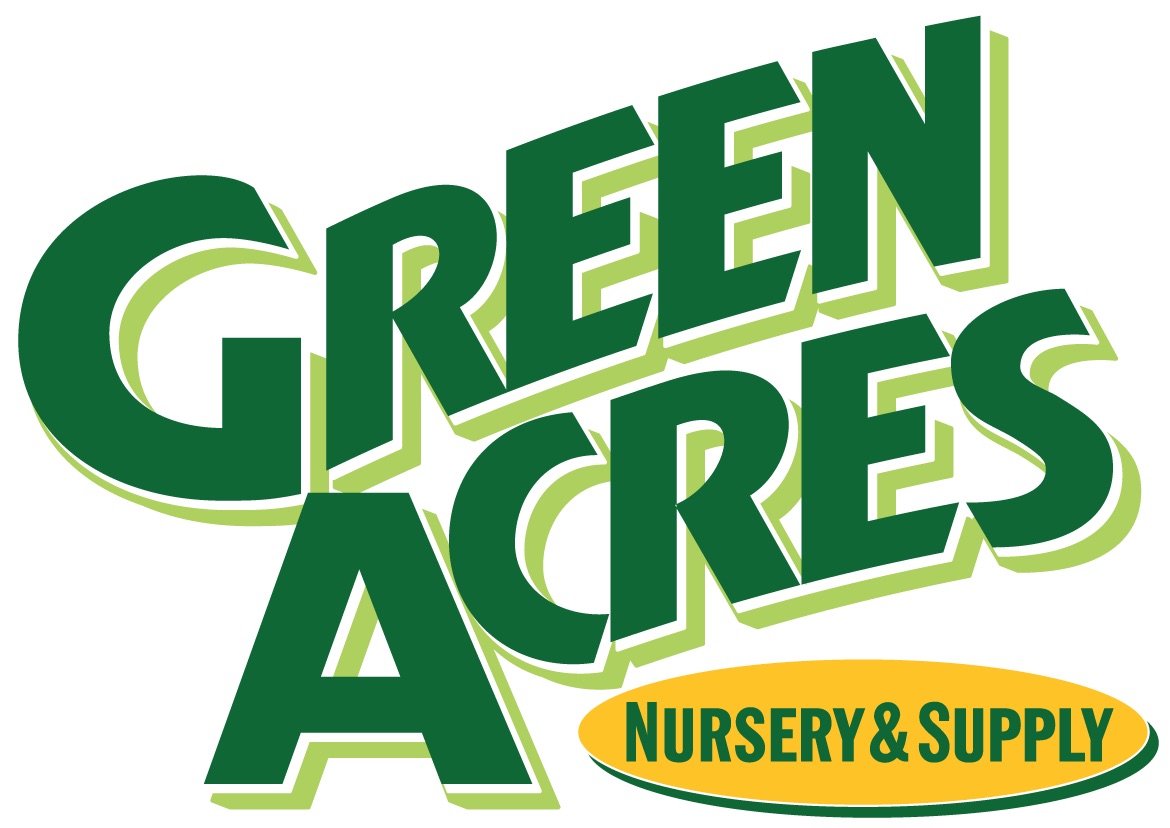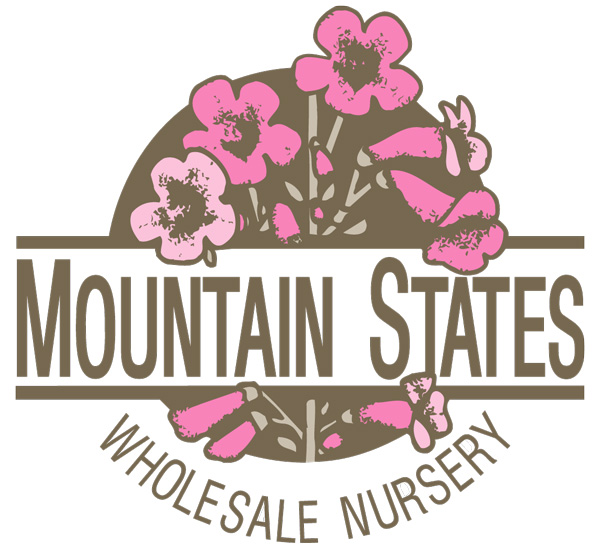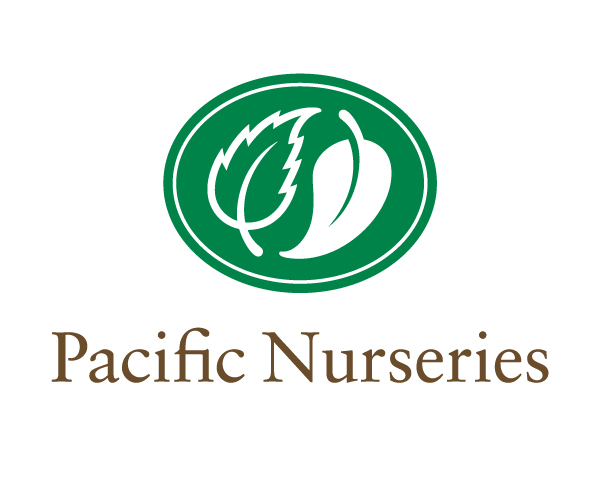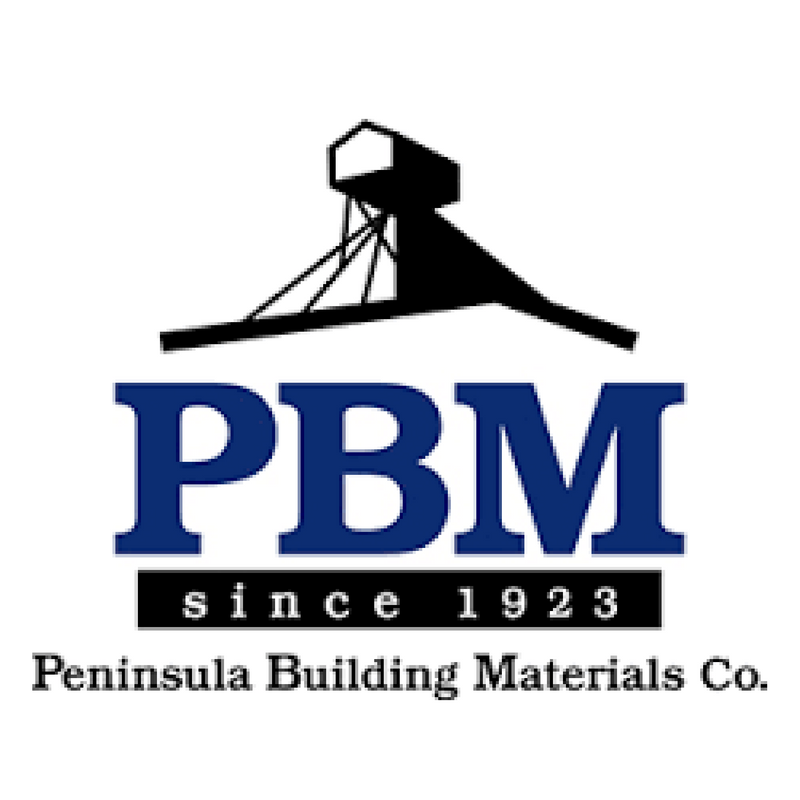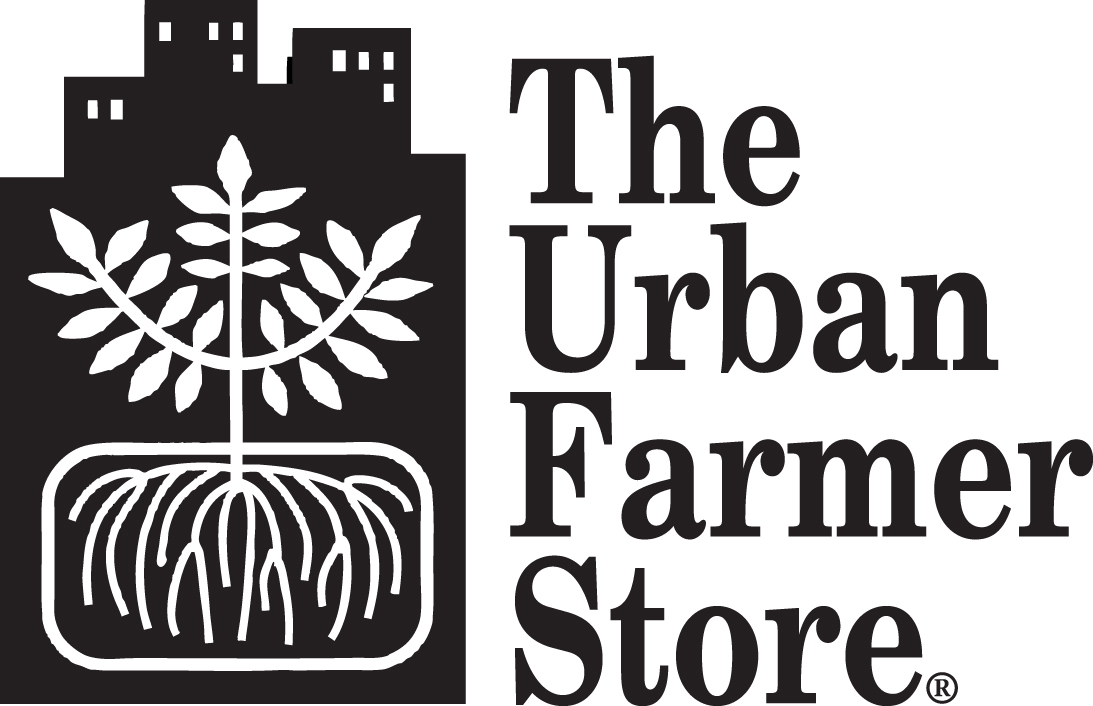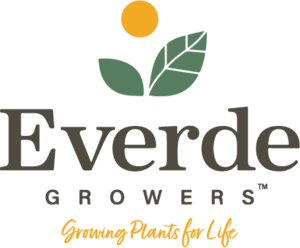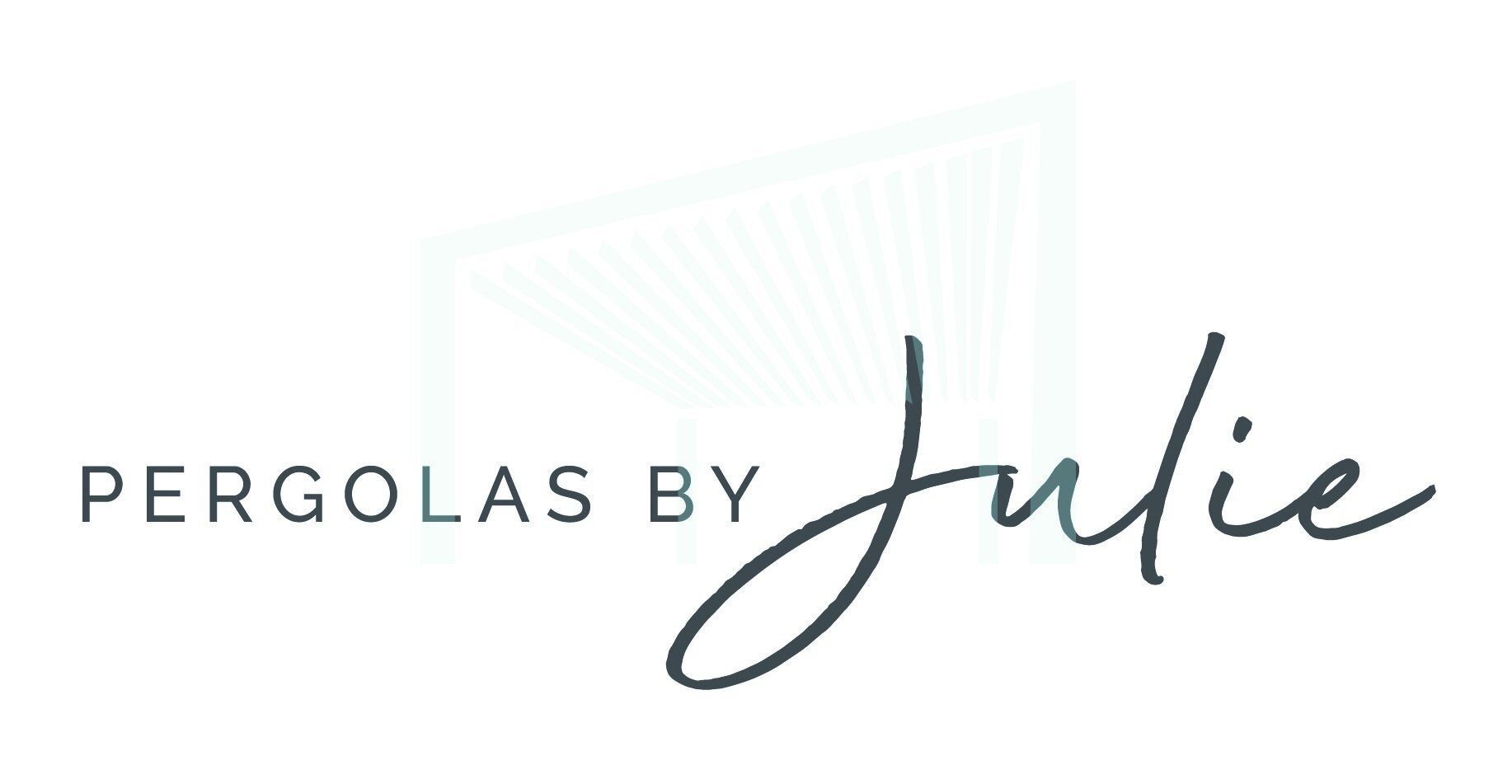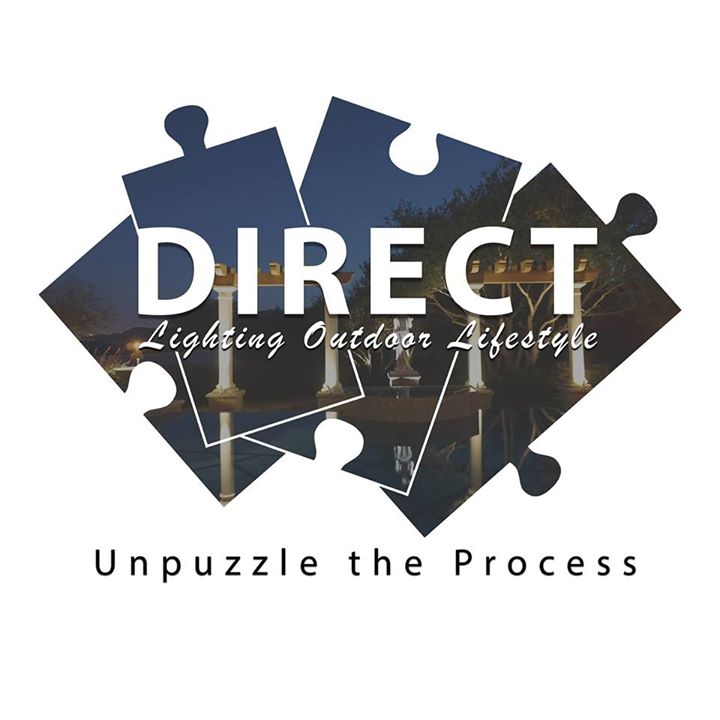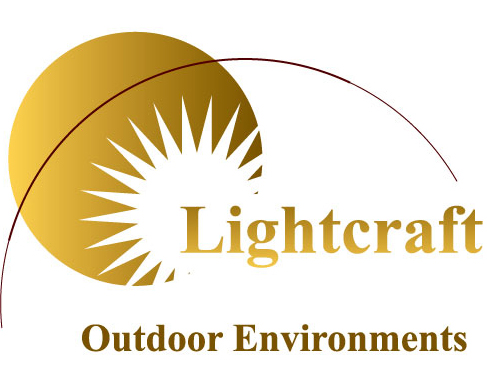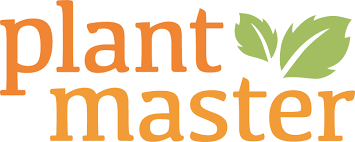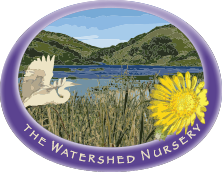Photo courtesy of Belgard, an APLD CA Gold Sponsor.
APLD California Chapter
Sponsors
Through sponsorship of APLD California Chapter, these industry leaders declare their support for best practices, educational programs and events, and the highest standards in landscape design. From veteran materials suppliers to producers of cutting-edge landscape products, these companies have committed to connecting with professional landscape designers and our clients.
Welcome New Sponsors
We are very happy to welcome these new APLD CA Chapter Sponsors…
A new APLD CA Platinum Level Sponsor
This company was founded to re-purpose the woody materials that our parent company, Hamilton Tree Service Inc., was generating and sending to the landfill. We have designed a product that is environmentally preferable and ecologically friendly; all of our materials are derived from local tree and landscape companies and are processed right here in the San Francisco bay area (Martinez).
What we pride ourselves on…
Ecomulch has diverted approximately 200,000 tons of wood material since 2006 with the help of local cities and landscapers in the Contra Costa County. We take an otherwise waste product of local professional tree companies and process their materials to create a usable high quality product that is valuable to our local communities.
The product we create is absolutely the best mulch available due to the content created by using the entire tree and not just the bark. We also pride ourselves on our zero contamination feedstock unlike mass produced mulch found from most refuse companies. We use no pallets, construction debris, or green waste that may have contaminates such as herbicide, petroleum or metal products. In addition, we produce a small carbon footprint due to our location which results in less emissions due to not having to transport our feedstock from the forest.
Ecomulch also loves to help the community through donating our products to local non-profit organizations and charities such as Habitat for Humanity, the Boy Scouts of America, and numerous local churches and schools. So when you support Ecomulch, you are supporting your neighbors. As a family, community based business, we rely on friends, family and customers to help our company thrive. If you know of someone who could benefit from our services, please let us know!
To learn more about this New APLD CA Platinum Sponsor visit https://www.ecomulch.org/
Julie Orr is the founder of Pergolas By Julie, a full-service landscape design firm located in the San Francisco Bay Area and specializing in louvered pergolas. The company’s uniquely personalized approach gives designers and their clients the support they need during the initial concept stage through final installation. Julie and her team work directly with you to customize a pergola solution, including the selection of accessories and cost estimates.
To learn more about this New APLD Silver Sponsor visit pergolasbyjulie.com.
Home Has Never Been So Important
Humboldt Sawmill Sponsor Submission
by Jessica Hewitt, Director, Marketing
Mendocino Family of Companies
For many, “home” has never been so important. Shifting work and school arrangements, limited entertainment options, and exploding home values converged in 2020, and continued in 2021, to lead to once-in-a-generation demand for all things related to the home. Cookware, board games, bicycles, trampolines, and everything in between are suddenly essential as many find themselves spending much more time at home.
Creating sanctuary outside the home has new meaning as well. For fresh air and a break from the inside, patios and backyards are more important than ever. For clients updating their outdoor living spaces, redwood presents landscape designers with near limitless possibilities. Projects in Santa Rosa, California and Farmington, New Mexico highlight redwood’s versatility.
The owners of a 1970’s era home in Santa Rosa, California were ready to update their small, dark kitchen. The kitchen was expanded by blowing out a section of exterior wall and adding onto the home where an existing deck had been. That meant a new redwood deck had to be built to accommodate the home’s new configuration. The backyard now features a second story redwood deck with space for dining and entertaining underneath.
Homeowners in Farmington, New Mexico worked with a local landscape contractor to design and build a unique, curved concrete seating area, shaded by a large, curved redwood arbor. A fire pit and ample room to add tables and chairs for larger gatherings round out the space.
Learn more about this APLD CA Platinum Sponsor at https://www.GetRedwood.com/
Lighting the Landscape from the Inside Out
FX Luminaire Sponsor Submission
by Jeff Calhoun, FX Sales Manager
FX Luminaire, Northern California
Photo courtesy of Jude Parkinson-Morgan.
When designing an outdoor lighting project, the viewing perspective is critical. Is the main view from the patio? Porch? Pergola? What about the perspective from inside the home looking out toward the landscape? Most people tend to think of the effects only on the exterior of a property. But one of the most interesting benefits of landscape lighting is the ability to make the interior of a home seem larger while providing an enhanced view of the illuminated garden from an indoor perspective.
Photo courtesy of John Black.
When a back or front yard is illuminated, it extends both the visual and functional boundaries of a property. These well-lit outdoor elements define the edges of where a person will tend to physically gravitate to in the garden, as well as gaze upon when inside a home looking out. Extending this boundary creates a visually striking aesthetic outside of the home, especially when all the lights indoors are turned down low. For more on this topic consult The Landscape Lighting Book, 3rd edition, by Janet Lennox Moyer.
Another practice is boundary lighting. Most properties have a fence, shrub, or tree line that represents the edge of their property. This perimeter area can be illuminated with a wall wash fixture with a broad beam angle to provide ambient light. When executed properly, using photometric data or a temporary mock-up to determine the quantity and spacing of fixtures, multiple beams can be overlapped to create a continuous wall of light that will subtly show the edges of a yard to create visual depth.
Photo courtesy of Michael DeValue.
When developing a lighting plan, remember to consider the impact on the viewer inside the home. If the main living or dining room is in the back of the house, shifting the balance of the lighting plan to better represent the most-used areas in the back yard may be a desire of the homeowner. Likewise, if the main bedroom has large picture windows looking out to the garden, you may want to put the focus of the outdoor lighting into that area of the landscape visible from the bedroom.
Getting the client’s specific needs and goals during the lighting planning phase will provide direction about the intended uses, activity levels, and indoor viewing points of the outdoor spaces. Ask about safety, utility, and which areas, plants, trees, or other garden elements they wish to highlight. For some lighting projects the main viewing perspective is outdoors in the garden. For other projects the main viewing perspective will be from the living room, indoors.
There are many factors that determine main viewing perspective, and this perspective may transition due to seasons, daylight savings time, weather, and time of day or night. To achieve a proper lighting design that incorporates these various factors, utilizing a switching control system and/or dimming control is ideal. The flexibility a control system provides is great way to offer your clients a lighting system that matches their lifestyle. For example, a young couple with small children may tend to be outdoors in the landscape consistently during warm seasons enjoying the turf areas, pool or spa, outdoor kitchen, and dining spaces. However, that same family may not utilize any of these outdoor spaces during inclement weather or during the cold winter months. A lighting control system allows the designer to create different lighting levels based on the use of outdoor spaces as well as the flexibility to control these spaces based on the main viewing perspective at that time.
There are many products on the market that you can incorporate into a lighting plan to provide control, from simple on/off to full-featured interactive controls (zoning, dimming, automation, WiFi, or cloud-based app). Many of these products can be further integrated into a “smart home” system that incorporates whole-house controls.
Over the decades I have been in the landscape industry, lighting design has grown from an afterthought that was often overlooked as a luxury item, to a critical design element that highlights features and functions to complement a comprehensive landscape plan.
Learn more about this APLD CA Gold Sponsor at https://www.fxl.com/.
Inside Out Made Easy with Louvered Pergolas
Pergolas by Julie Sponsor Submission
by Julie Orr of Pergolas by Julie, a New APLD CA Silver Sponsor
It’s easy to understand with our beautiful weather and expensive real estate why homeowners would value having a seamless transition from their indoor to their outdoor experience.
Louvered pergolas, either freestanding or attached to the home, allow everyone to control their “outdoor room” according to their needs. With the press of a remote, you decide if you want to have a little sun, no sun or even stay dry outside during the rain. If the pergola is attached to the home, the louvers can be opened to allow sun inside, which was never an option when I designed wooden pergolas.
My personal experience with louvered pergolas began over 8 years ago with one client who was fair-skinned and skin cancer prone. The quandary: how could he spend quality time outside with his family and not compromise his health? Fast forward to today and the need for a protective pergola is more essential and relevant than ever but for different health reasons.
Currently I’m seeing a surge towards louvered pergolas for mobile work offices, homeschool/distant learning pods, exercise areas, movie time and of course relaxation/conversation areas.
Photos courtesy of Julie Orr.
While some of these uses may change over time the need for a protective area for dining, eating and unwinding will always be in demand. Since louvered pergolas are made from high grade aluminum, they will stand the test of time without needing the maintenance and staining/painting of wood and they are also rot and rust free.
There are many pergolas on the market and choosing a system that best fits your client’s needs can sometimes feel overwhelming. We suggest only the best quality systems that do not rely on screws and caulking for water tightness. The systems are also uniquely engineered to hide the drainage, electric and other unsightly components.
Julie and her team work directly with you to customize a pergola solution, including the selection of accessories and cost estimates.
To learn more about this APLD Silver Sponsor visit pergolasbyjulie.com.
Plants Mentioned in this Issue
From our Gold sponsor Devil Mountain Nursery
Achillea millefolium ‘Little Moonshine PPAF’
Little Moonshine Yarrow, Milfoil
A dwarf self-sowing perennial that attracts butterflies and other pollinators. Low-growing leaves are ferny, gray to green, and aromatic. Cheery yellow flat-topped flower umbels grow in on 1 - 2 foot tall stems. Tolerant of drought, wind, and heat.
USDA zones: 4 - 9
Sunset zones: A1 - A3; 1 - 24
Mature size: 9 - 18 inches high and wide
Light needs: full sun
Water needs: little to moderate water
Aquilegia formosa
Western Columbine
A self-sowing, ornamental perennial known for its captivating flowers that nod and sway in the wind. Flowers are bright red and yellow with sweet, nectar-filled spurs and yellow stamens. Leaves are lacy and fresh green. Beneficial to many birds, butterflies, and other pollinators. Native to woodland areas of the Pacific Coast.
USDA zones: 3 - 8
Sunset zones: A1 - A3; 1 - 11, 14 - 24
Mature size: 18 - 36 inches high and wide
Light needs: full sun to partial shade
Water needs: regular water
Photo courtesy of Eric Hunt.
Aristolochia californica
California Dutchman's Pipe, California Pipevine
A twining vine with bright green, heart-shaped leaves. Odd, flared flowers in pale brown with dark purple venation resemble old-fashioned smoking pipes. Native to riparian zones across California. It is the only food source for the California pipevine swallowtail butterfly. Can tolerate full shade.
USDA zones: 8 - 10
Sunset zones: 5 - 10, 14 - 24
Mature size: climbing 8 - 16 feet
Light needs: partial shade
Water needs: regular to ample water
Photo courtesy of Charles E. Jones.
Asclepias fascicularis
California Narrowleaf Milkweed
A native perennial with rich green leaves that are long, narrow, and arranged in opposite pairs. Experiences winter dormancy, cut back during cold months for best growth. Tiny star-shaped flowers grow in umbels of off-white and pink. Attracts many California native pollinators and beneficial insects, especially caterpillars of the Monarch butterfly.
USDA zones: 6 - 10
Mature size: 3 feet high and wide
Light needs: partial to full sun
Water needs: low to moderate water
Cercis occidentale
Western Redbud
A deciduous tree with a low-branching, compact, upright growth habit. Broad, soft, heart-shaped leaves are reddish to blue green to yellow-red. Stunning clusters of magenta, sweetpea-like flowers bloom on bare branchlets in early spring. Native to the California foothills at elevations below 4,000 feet.
USDA zones: 6 - 9
Sunset zones: 2 - 24
Mature size: 10 - 18 feet high and wide
Light needs: partial to full sun
Water needs: moderate to regular water
Correa ‘Ivory Bells’
White Australian Fuchsia
A semi-woody evergreen shrub with a dense growth habit. Oval leaves point upward to reveal gray-green undersides, which gives the plant a white-gray appearance. White, bell-shaped flowers attract hummingbirds. Blooms are most abundant from late fall to spring.
USDA zones: 9 - 10
Sunset zones: 14 - 24
Mature size: 4 - 5 feet high and 6 - 8 feet wide
Light needs: full sun or light shade in hotter climates
Water needs: moderate water
Echinacea purpurea ‘Magnus’
Magnus Purple Coneflower
A North American perennial that forms mounds of tall, upright blooms throughout summer. Large, fragrant flowers appear with drooping soft-pink petals and brownish-orange seed cones. Low-growing leaves are lance-shaped, green, and slightly hairy. A popular herbal remedy today, all plant parts have been used in Native American medicine for hundreds of years. Attracts birds, bees and butterflies.
USDA zones: 3 - 9
Sunset zones: A2, A3; 1 - 24
Mature size: 3 feet high and 18 - 24 inches wide
Light needs: full sun
Water needs: moderate to regular water
Epilobium canum ssp. canum
Hummingbird Trumpet, California Fuchsia
An herbaceous semi-evergreen shrub with a mounding habit. Spreads by rhizomes. Trumpet-shaped flowers appear in red-orange. Blooms in summer and fall. Pollinated by hummingbirds. Leaves are felty, linear to oval, and gray-green. Native to California, the West, and northern Mexico.
USDA zones: 7 - 10
Sunset zones: 2 - 11, 14 - 24
Mature size: 2 feet high and 4 feet wide
Light needs: full sun
Water needs: little to moderate water
Helictotrichon sempervirens
Blue Oat Grass
A perennial grass forming graceful, fountain-like clumps of narrow blue-gray leaves. Tall beige flower heads appear in spring.
USDA zones: 4 - 9
Sunset zones: 1 - 12, 14 - 24
Mature size: 2 - 3 feet high and wide
Light needs: full sun
Water needs: regular water
Salvia ‘Amistad’
Friendship Sage
A semi-evergreen herbaceous perennial that forms an upright clump. Tall stalks bear large, two-lipped, vibrant purple flowers held in dark plum calyxes. Blooms from spring to frost. Attracts hummingbirds, other pollinators, and beneficial insects. Green leaves are triangular, textured, and aromatic when touched.
USDA zones: 8 - 10
Sunset zones: 4 - 7 (with protection) 8, 9, 14 - 24
Mature size: 3 - 5 feet high and wide
Light needs: full sun, part shade
Water needs: regular water
Photo courtesy of Nick Kurzenko.
Symphytum officinale
Comomon Comfrey, Knitbone
Herbaceous perennial native to Europe, where it grows in damp areas and grasslands. Used as a topical to treat skin irritations, cuts, sprains and swelling. Beautiful in any garden, with long ovate, hairy leaves topped with clusters of cream, pink, or purple bell shaped flowers. Bloom time: May-September. Please note: Comfrey should not be taken internally as, even in small doses over time, it can cause liver toxicity.
USDA zones: 3 - 9
Sunset zones: A2, A3; 1 - 24
Mature size: 2 - 4 feet high and wide
Light needs: full sun, part shade
Water needs: regular water
Learn more about this APLD CA Gold Sponsor at https://devilmountainnursery.com/.
OUR PLATINUM SPONSORS:
Bay Scenery specializes in delivering high-quality landscape construction services in and around Silicon Valley. Through the acquisition of well-known companies such as Harris Landscaping Company, we have cultivated a reputation for excellence in landscape construction for over 30 years.
This company was founded to re-purpose the woody materials that our parent company, Hamilton Tree Service Inc., was generating and sending to the landfill. We have designed a product that is environmentally preferable and ecologically friendly; all of our materials are derived from local tree and landscape companies and are processed right here in the San Francisco bay area (Martinez).
Part of the Mendocino Family of Companies, Humboldt Redwood is a proud PLATINUM SPONSOR of the APLD California Chapter. To learn more about Humboldt Redwood, please visit https://www.GetRedwood.com/.
OUR GOLD SPONSORS:
Simply click on a logo below to visit the website of one of our sponsors.
OUR SILVER SPONSORS:
OUR BRONZE SPONSORS:
Please contact Julie Molinare at sponsorship@apldca.org











